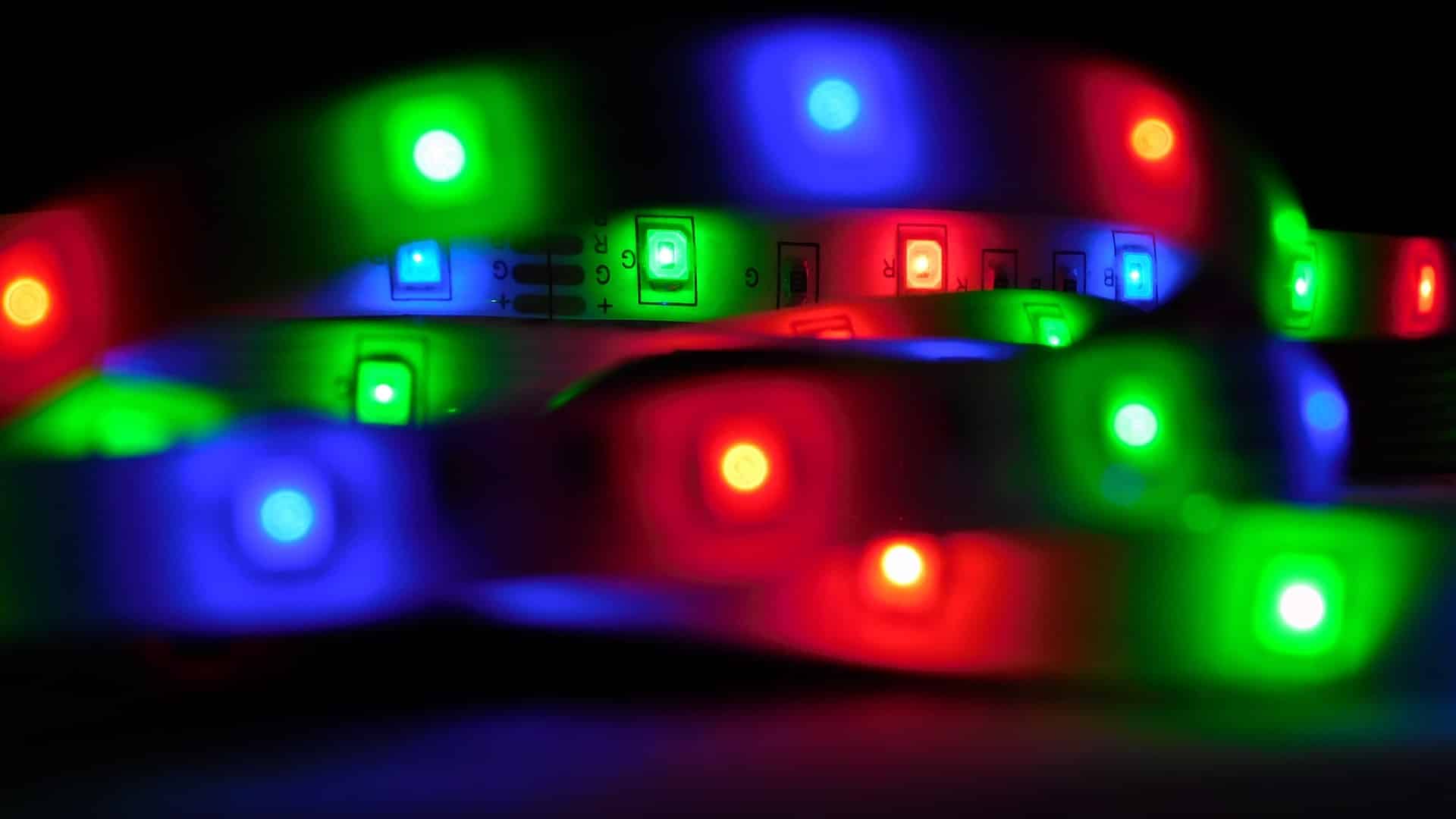Table of Contents
What are COB led lights?
COB LED lights, also known as Chip-On-Board LED lights, are a type of LED lighting technology where multiple LED chips are packaged together as a single unit, usually in a compact arrangement.
This integration of multiple LED chips into a single unit allows for a higher density of light emission, resulting in brighter and more efficient lighting compared to traditional LED lights. COB LED lights can be used in a variety of applications, including automotive lighting, architectural lighting, and retail lighting. They are also often used in high-powered flashlights and other portable lighting devices.
According to generator expert from Consumarstes, anyone can easily operate COB led light with solar generator, solar battery or any other portable home generator. When using a solar generator to power a COB LED light, it’s important to make sure the generator produces enough power to run the light for the desired length of time, taking into account factors such as the amount of sunlight and the energy efficiency of the light.
Advantages of using COB LED lights over traditional LED lights
According to Besen, COB LED lights have a high lumen output per unit area, making them ideal for use in high-intensity lighting applications such as industrial lighting, street lighting, and automotive lighting.
COB (Chip on Board) LED lights offer several advantages over traditional LED lights, including:
- Higher light output: COB LED lights have a higher light output per unit area, providing brighter and more uniform lighting.
- Better thermal management: COB LED lights have better thermal management, which allows for higher power and more efficient heat dissipation.
- Smaller size: COB LED lights are smaller in size, making them more versatile and easier to install in tight spaces.
- Simplified manufacturing process: COB LED lights are made using a simpler manufacturing process, making them more reliable and cost-effective.
- Improved color rendering: COB LED lights offer improved color rendering, making them ideal for applications where accurate color representation is important.
Differences between COB LED lights and SMD LED lights
COB (Chip on Board) LED lights and SMD (Surface Mount Device) LED lights are two different types of LED technology. Here are some key differences between the two:
- Package design: COB LED lights have multiple LED chips bonded directly onto a single substrate, while SMD LED lights have individual LED chips packaged separately.
- Light output: COB LED lights have a higher light output per unit area, providing brighter and more uniform lighting, while SMD LED lights tend to be less bright and less uniform.
- Size: COB LED lights are smaller in size than SMD LED lights, making them more versatile and easier to install in tight spaces.
- Thermal management: COB LED lights have better thermal management than SMD LED lights, allowing for higher power and more efficient heat dissipation.
- Manufacturing process: COB LED lights are made using a simpler manufacturing process, making them more reliable and cost-effective, while SMD LED lights have a more complex manufacturing process.
- Cost: COB LED lights are generally more expensive than SMD LED lights, due to their higher performance and better manufacturing process.
How COB LED lights work and their technology
COB (Chip on Board) LED lights are made by arranging multiple LED chips into a single module, rather than having separate discrete LEDs.
In COB technology, a large number of LED chips are placed in close proximity on a single substrate, forming a single light emitting source. This arrangement results in increased light output and more uniform illumination compared to traditional LED lighting.
The COB LED package also eliminates the need for individual optics, which results in a smaller form factor and lower cost compared to traditional LED lighting. COB LED lights are commonly used in commercial, industrial, and residential lighting applications, including downlights, spotlights, and streetlights.
Types of COB LED lights and their applications
COB (Chip-on-Board) LED lights refer to multiple LED chips packaged and mounted on a substrate as a single unit, producing high-intensity lighting. Here are some types of COB LED lights and their applications:
- High-power COB LED: Typically used in outdoor and industrial lighting applications, such as floodlights, high bay lights, and streetlights.
- Mid-power COB LED: Ideal for indoor lighting applications such as downlights, track lights, and decorative lights.
- Multi-color COB LED: Used in stage lighting, color-changing lights, and lighting displays that require multiple colors.
- UV COB LED: Used for sterilization, curing, and special effects in the entertainment industry.
- IR COB LED: Used for security cameras, night vision, and heating applications.
Is there any problem related to COB led light?
As with any technology, there can be issues with COB (Chip-on-Board) LED lights. Some common problems include:
- Heat management: COB LED lights can produce a lot of heat, which can affect their longevity and performance.
- Power supply issues: COB LED lights require a stable power supply, and any fluctuation in the voltage or current can cause problems.
- Color consistency: COB LED lights can have variations in color, which can affect the appearance of the light.
- Dimmability issues: Some COB LED lights may not be compatible with certain dimmer switches, leading to flickering or poor dimming performance.
- Driver compatibility: COB LED lights require a specific driver, and using the wrong driver can result in poor performance or damage to the light.
It’s important to purchase COB LED lights from a reputable manufacturer and to follow the manufacturer’s guidelines for installation and use to minimize the risk of issues.
Image Credit: Photo by Zishan khan on Unsplash


